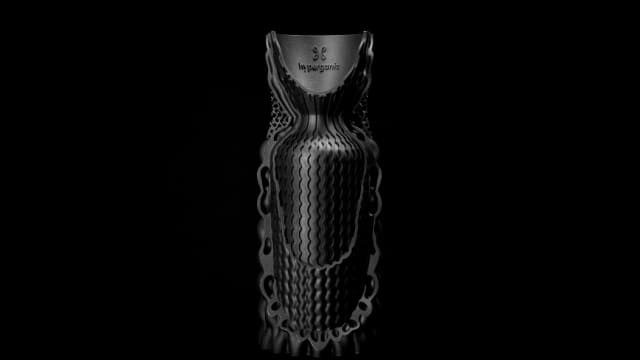Hyperganic 3Dprinted a rocket engine prototype that was designed using an Excel spreadsheet and a novel algorithm. The rocket engine is a proof-of-concept model for demonstrating Hyperganic’s unique approach to design. It was printed on an EOS M400-4 3D printer from Inconel 718, a nickel chromium material. According to Hyperganic CEO Lin Kayser, “Different strategies were used in various areas of the object to gradually change the material properties.” He also noted that “Hyperganic technology allows you to store process properties for every voxel in space.”
Rocket engines are manufactured from individual parts like those that make up the combustion chamber, for example. Cooling channels in a rocket engine circulate the fuel to keep it from overheating and are welded to the combustion chamber. Hyperganic’s cooling channels and combustion chamber are all printed as one part. This may make replacing parts or improving individual components to the rocket engine assembly more difficult in the traditional product design lifecycle. In terms of replaceability, printing a rocket engine as one part does not seem like an efficient notion.

